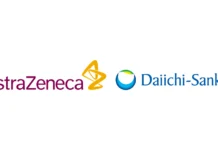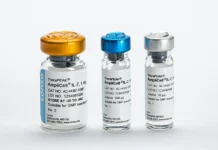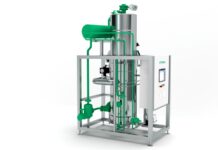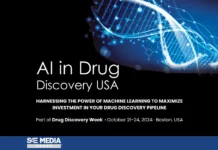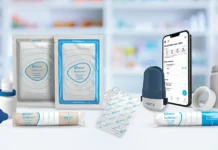On average, 1 in 10 children who enroll in pediatric phase I cancer trials are improved after the trial, and 1 in 50 die from drug-related complications, according to a new systematic review and meta-analysis published this week in PLOS Medicineby Jonathan Kimmelman from McGill University, Canada, and colleagues.
Pediatric phase I trials are critical for establishing the safety and dosing of anti-cancer drugs in children. National and international regulations, however, establish limits on allowable risk for research involving minors. In the new study, researchers systematically searched for pediatric phase I cancer studies published between 2004 and 2015.
They identified 170 studies involving 4,604 patients, and pooled the objective response rates and the occurrence of grade 3, 4, or 5 (fatal) drug-related adverse events.
Overall, the response rate among all trials was 10.29% (95% CI 8.33 to 12.25) but the rate was significantly different for solid tumors (3.17, 95% CI 2.62 to 3.72) compared to hematological malignancies (27.90, 95% CI 20.53 to 35.27).
The overall rate of fatal grade 5 adverse events was 2.09% (95% CI 1.45 to 2.72) and there was an average of 1.32 grade 3 and 4 drug-related adverse events per person. On the whole, adverse event and response rates were similar to those seen in adult phase I cancer trials.
The authors note several limitations to their study, including heterogeneity in the types of cancer and treatment in the included trials, reliance on published data only, and low-quality or incomplete reporting of some trial outcomes.
“Our data, coupled with careful ethical analysis, provide an empirical basis for further discussions about the therapeutic status of phase I trials in children,” the authors say. “In particular, they provide evidence for refining risk/benefit in phase I trials and identifying those studies that present greater challenges for meeting standards of acceptable risk in children.”




